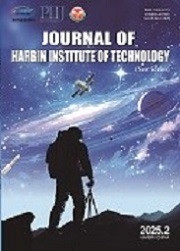|
| Abstract: |
| Wireless transmission is subject to eavesdropping. When wireless transmission ceases, the assigned frequency channel is unused, wasting the spectral opportunity given. In this study, a spectrum sharing model that reduces spectral wastage and protects against eavesdropping is proposed. First, cognitive radio (CR) shares the channel access with primary user (PU). When the CR senses that the channel is idle, CR can seize the unoccupied channel for its own use. If the channel is detected to be occupied by PU, CR transmits artificial noise to jam any potential eavesdropper. To what extent is this operation beneficial to the CR? The main concern of this study is the energy efficiency (μ) of CR, i.e., the ratio of channel throughput to its energy consumption. The relationship between μ and the percentage of frame duration allocated for sensing (τ) was investigated. This study contributes a novel theoretical expression that allows us to find the optimal μ and τ values, denoted by μ* and τ*. With the availability of this expression, the relationships between (μ*,τ*) and other important system parameters can be understood thoroughly. Our investigation reveals that strong CR signal will result in high μ* without the need of increasing τ*. On the other hand, a strong primary signal allows a short τ* and it improves μ*. High sampling rate for sensing may be unnecessary, as it does not improve μ* significantly. A more demanding target probability of detection requires a higher sensing duration, but it has insignificant impact on μ*. |
| Key words: spectrum sharing cognitive radio physical layer security eavesdropping jamming throughput energy efficiency |
| DOI:10.11916/j.issn.1005-9113.2019042 |
| Clc Number:TN92 |
| Fund: |






